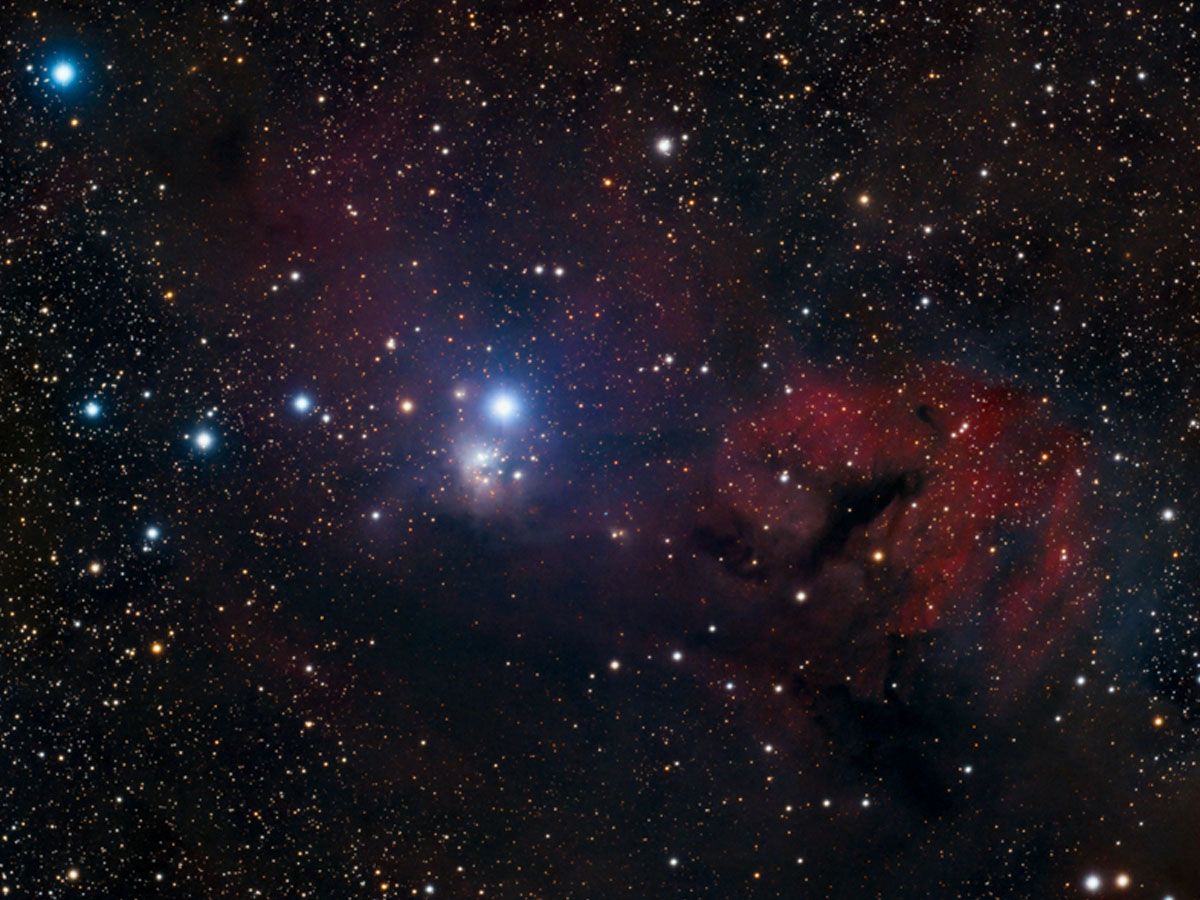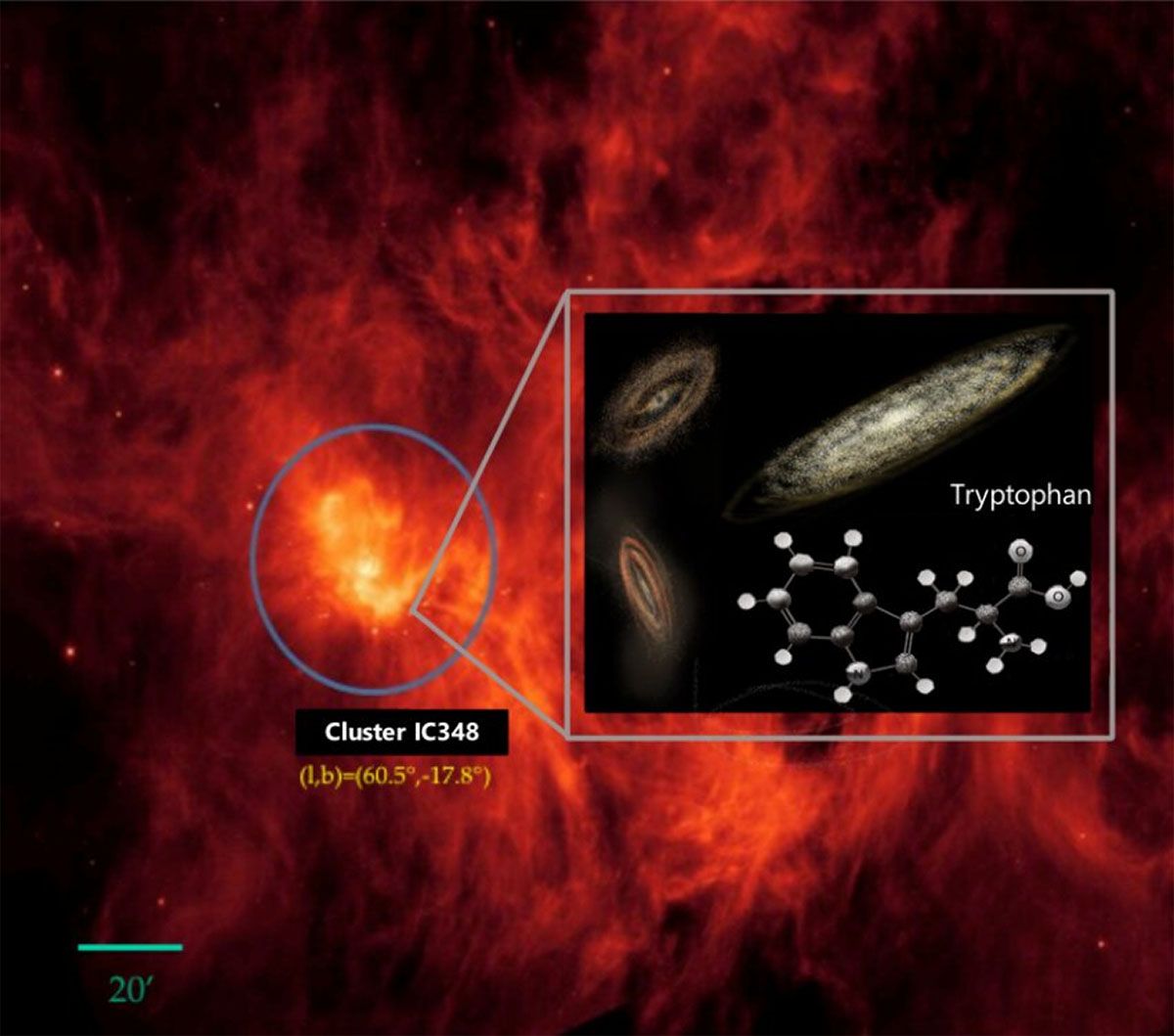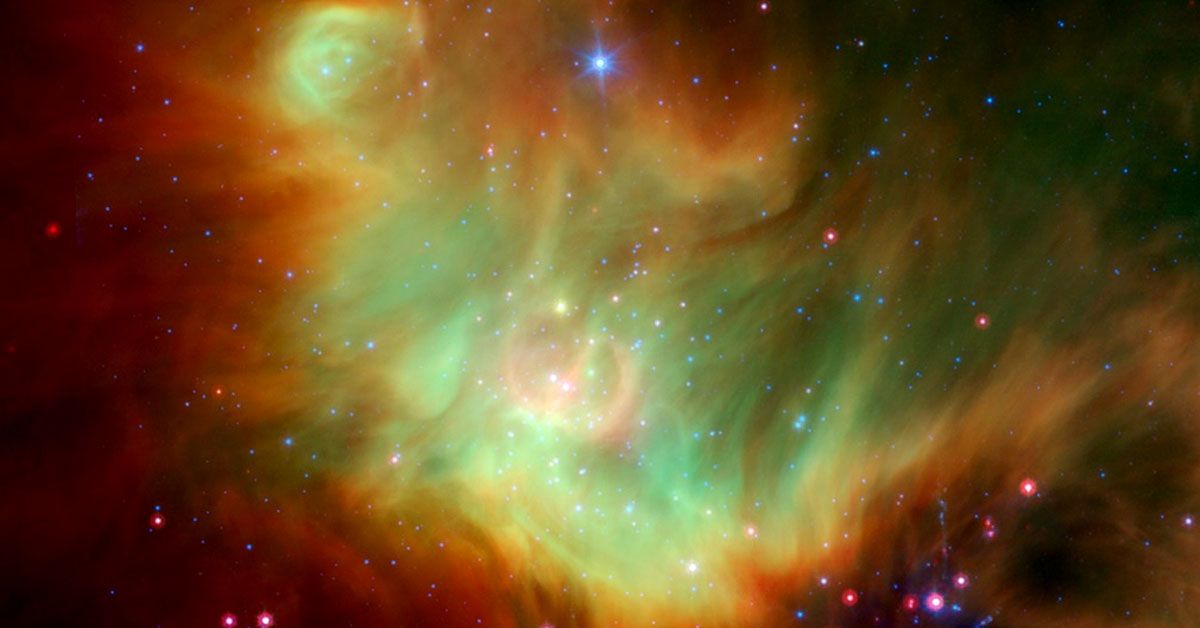The exploration of life's fundamental components throughout the cosmos plays a crucial role in unraveling the enigmatic nature of our existence. A significant advancement in this pursuit has been made with the identification of the amino acid tryptophan in the vast expanse of outer space.
Tryptophan, renowned for its vital function in terrestrial life, has now been observed beyond the confines of our planet for the very first time. This groundbreaking revelation stems from the meticulous investigations conducted by Dr. Susana Iglesias-Groth, an esteemed researcher affiliated with The Instituto de Astrofísica de Canarias (IAC).
The question that arises from the detection of tryptophan in space is the following: what implications does this discovery hold for our comprehension of life existing beyond Earth's boundaries?
Tryptophan in the Perseus Molecular Complex
In the Perseus molecular complex, specifically in the IC348 star system, high levels of tryptophan were found. Now, you may wonder, what is this IC348 system and where is it?
Well, the IC348 star system is an incredible 1,000 light years away from our home, Earth. It's not just any region of space, but a nursery where new stars are being formed.

Imagine that! Stars, much like our own sun, are being born far away in the cosmos.
While this star-forming region remains invisible to our naked eyes, it isn't hidden from the penetrating gaze of infrared technology.
When viewed in infrared wavelengths, the IC348 system reveals itself, along with its complex constituents, including the recently discovered tryptophan.
The Significance of Tryptophan in Space
On planet Earth, it plays a vital part in the biochemical mechanisms that govern life as we understand it. As one of the essential amino acids constituting the proteins within our bodies, tryptophan plays a fundamental part in sustaining life.
To comprehend the identification of tryptophan in space, it is necessary to delve into the techniques employed by scientists to detect its presence.
This amino acid exhibits a distinctive manner of interaction with infrared light, which is the specific type of light harnessed by the Spitzer Space Observatory for astronomical exploration.

When exposed to infrared light, tryptophan generates an intricate arrangement of spectral lines, akin to its distinct signature. Astrophysicists utilize sophisticated instruments to decipher and recognize this molecular signature, analogous to reading a written language.
By utilizing the extensive spectroscopic database of the Spitzer Space Observatory, scientists successfully distinguished the unique spectral signature of tryptophan within the infrared light emitted by the IC348 system.
The telescope captured the presence of 20 distinct emission lines associated with tryptophan, thereby affirming its existence in the observed region.
The Findings and What They Suggest
The intriguing findings didn't stop with the discovery of tryptophan in the IC348 system. Dr. Iglesias-Groth and her team also measured the temperature of tryptophan, coming in at roughly 7°C.
The interesting part? This temperature coincides with earlier findings of water and hydrogen in the same star-forming region. This correlation might hint at conditions suitable for the existence of these fundamental molecules.
But the story of tryptophan in space doesn't end with IC348. Scientists suggest that the distinct emission lines associated with tryptophan could be present in other star-forming regions too.
The presence of tryptophan in the gas and dust associated with star and planet formation is another significant aspect of this discovery. It indicates that amino acids, such as tryptophan, may contribute to the initial phases of star and planet development.

This is supported by previous findings of amino acids in meteorites and during the formation of our own solar system. This poses a thrilling question: could the seeds of life be present even before a planet is fully formed?
The detection of tryptophan suggests that protein-building blocks might be more common than we thought, possibly existing in the gas surrounding stars and planets. This could influence the early chemistry of these systems, potentially paving the way for the development of life on exoplanets.
Looking forward, Dr. Iglesias-Groth proposes further exploring and identifying amino acids in the Perseus molecular complex and other star-forming regions. Unraveling the cosmic distribution of these essential life ingredients could broaden our understanding of life's potential beyond Earth.
Sources: oup.com












